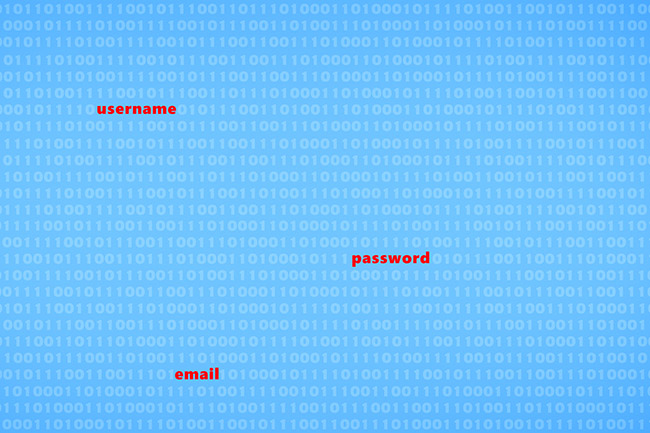
The Causes of Data Breaches and Their Prevention – Part 2
October 15, 2021The Causes of Data Breaches and Their Prevention – Part 3
October 22, 2021Part 2 will discuss the most typical types of cyberattacks.
Brute Force Attack
Cybercriminals sometimes attempt to crack passwords by using the brute force strategy of swamping the network with numerous trial and error attempts. They utilize customized computers and software capable of generating 10,000 to one billion combinations per second. Successfully password cracks allow hackers to illicitly access the data of an organization.
Denial of Service (DoS) Attack
A cyberattack that overwhelms a network with traffic to the point that its website is unable to function is called a denial of service (DoS) attack. Since an organization and its consumers typically depend on a working website for business, a denial of service attack can be quite devastating. A DoS attack can be launched simultaneously from many computers or programs and effectively blocks legitimate traffic, which can lead to major economic losses.
Malware
Malware can infiltrate a network when an employee clicks on a malicious link or mistakenly downloads a file. Cybercriminals can use malware in the following ways:
- Access the camera or microphone of a device
- Steal data by transferring it from an organization’s system
- Take complete control over hardware
- Track a computer’s history, keystrokes, and usage
Phishing
Coming in many forms, phishing has the primary goal of tricking people into providing confidential information by posing as a legitimate source. What cybercriminals obtain can be sensitive personal data, network passwords, bank accounts, email addresses, social security numbers, and medical records. Phishing can also result in malware or ransomware infecting an organization’s computers.
Session Hijacking
Every time a user logs into a portal or website, a “session” is created. If your session is ‘hijacked’ this can lead to a user losing control of the website, leading to personal data being easily stolen.
In order to succeed in hijacking a session, a cybercriminal will require substantial knowledge regarding a user’s cookie session. Even though any session can be hacked, a session hijacking most commonly occurs during browser sessions on web applications.
Part 3 will discuss Advantages of Network Security and Methods of Strengthening Network Security.
Alpha Business Support
Choosing an expert computer technology-support provider is an important decision for your business. Alpha has been a trusted partner of many companies in the Washington, D.C., Baltimore, and Annapolis areas since 1990. For affordable client-focused network consulting services and solutions, please call Alpha today at (410) 295-9500.




